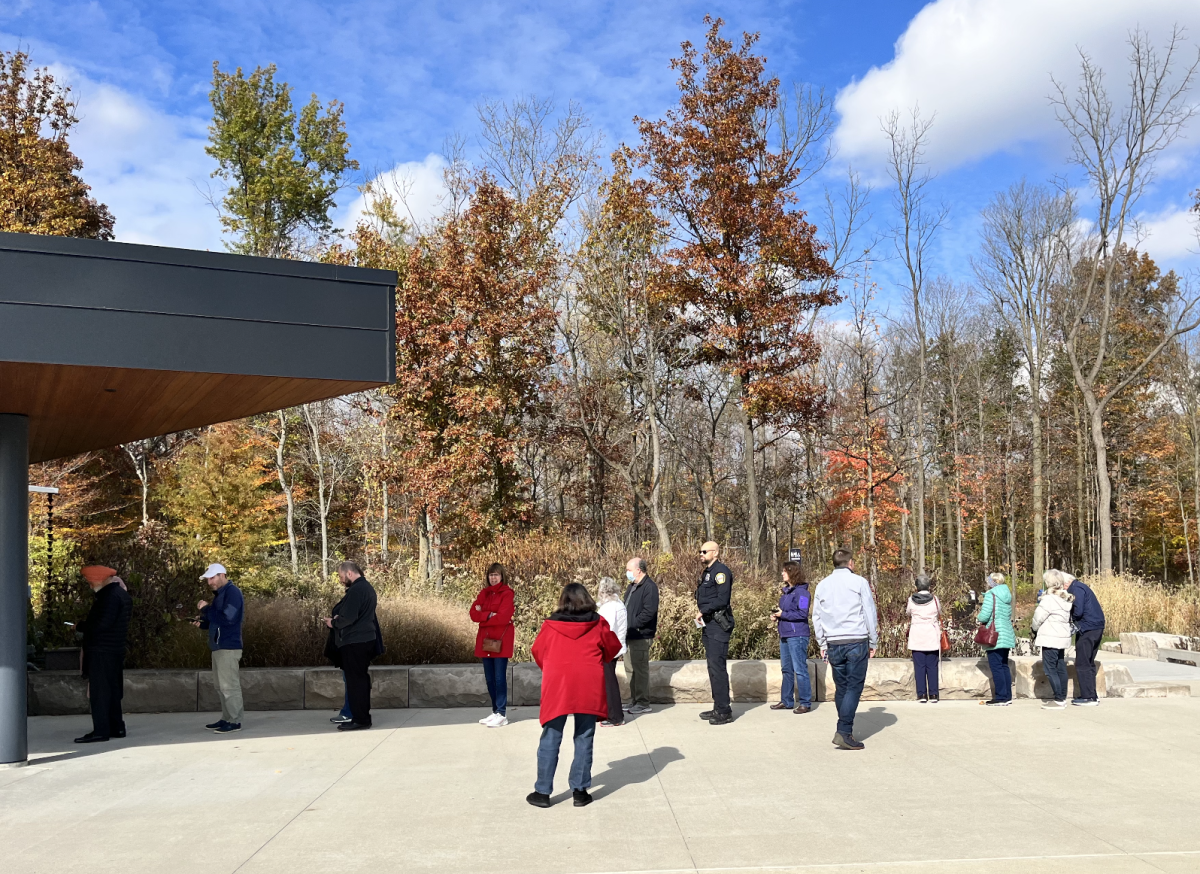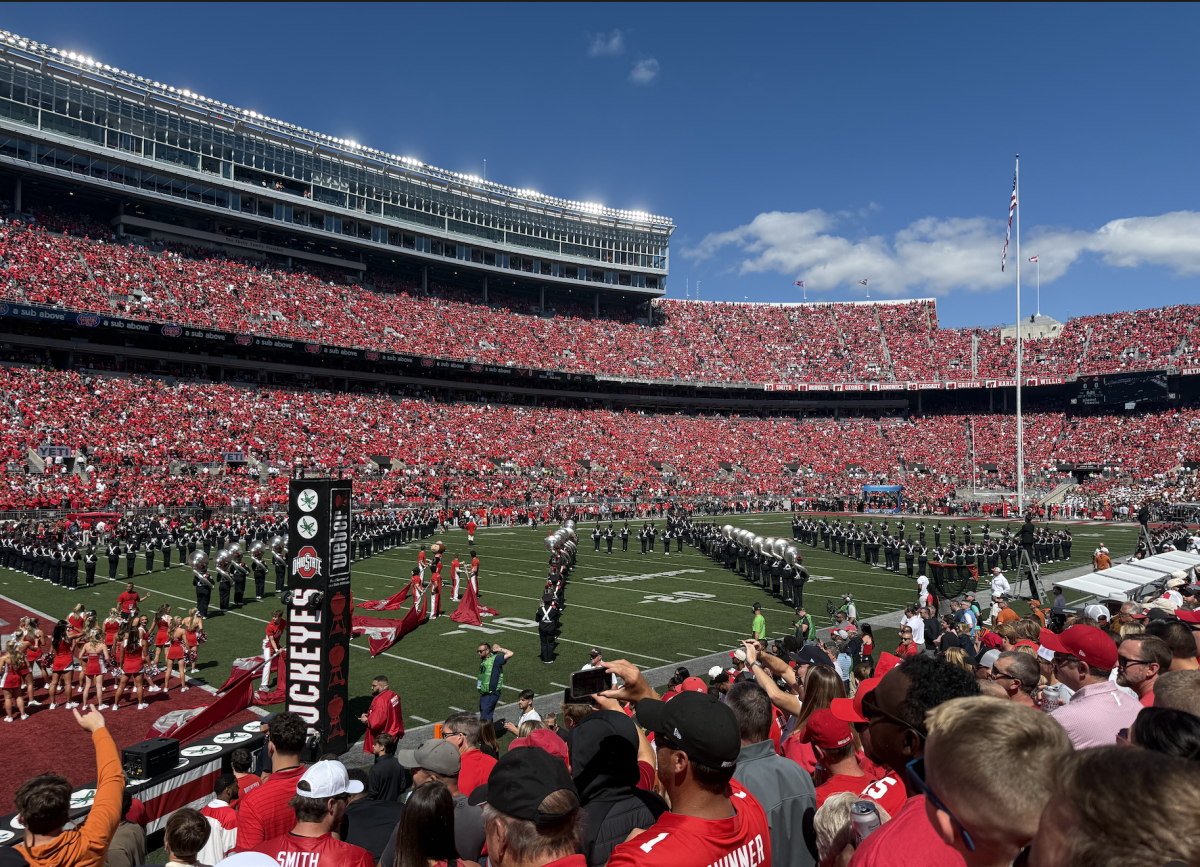November 7, 2023, marked the general municipal elections throughout Indiana where residents voted for mayors, city council representatives, and school referendums.
Among the various elections, Indiana voters prioritized key issues that determined which candidates emerged victorious. Overall, Indiana’s 2023 municipal elections gave Hoosiers a look into the political and fiscal future of Indiana.
Several news sources, such as WTHR, claim that the primary concerns of Indiana voters lie among housing, violence, and infrastructure. The results of the elections reflect each municipal population’s order of importance of these three priorities.
WFYI Indianapolis conducted a joint interview with Indianapolis Mayor Joe Hogsett and his opponent, Jefferson Scott Shreve, to determine important voting trends in Indiana’s capital.
“A lot of things were delayed [in Indianapolis due to the pandemic]. And I guess the best way to describe why I seek a third term is I want to finish the job,” says Democrat Joe Hogsett, in office for a third term as Indianapolis Mayor. Hogsett’s primary goal for Indianapolis is to improve infrastructure, and he sees an opportunity in the state’s capital to become “an even better city…than when [it] was in the pandemic.”
Mayor Hogsett’s opponent, Jefferson Scott Shreve, believes the most important policies for the future of Indiana will be “turning the trend line of urban violence…around.” Shreve further explains, “Our citizens need to feel safe here. Citizens will vote with their feet. And they will move out of their neighborhoods…if they do not feel safe.”
Hogsett emerged victorious in the Indianapolis mayoral election.
Based on WFYI’s interview with the two mayoral candidates prior to election day, it seems that Indianapolis residents can expect the prioritization of improving infrastructure in the city.
In Northern Indiana, Hamilton County followed voting trends of previous elections, as Republicans won the overwhelming majority of positions. The city of Carmel, however, saw many changes in voting trends. These trends may be an important early view for the future of Carmel, or more broadly, the future of Indiana politics.
One important appointment was that of Democrat Dr. Anita Joshi, the first Indian woman to serve as a representative on Carmel City Council. An alumni parent, former Brebeuf Jesuit board member, and pediatrician running for the West District seat on the city council, Joshi won based on her promise to make “data-driven decisions, fostering fiscal responsibility, and respecting and representing a variety of opinions” (The Hamilton County Reporter).
The designation of a Democratic, woman minority representative in the Carmel government brought new voters to Carmel polls, and may foreshadow politics in Carmel to change in future general municipal elections. In fact, many city council races ended within 500 votes of each other according to the Hamilton County Election Summary Report.
Carmel voters seemingly indicate a wave of blue, and other government appointments may demonstrate similar results and predictions.
The central Indiana city of Shelbyville appointed Republican Mayor Scott A. Ferguson also after a close race. Ferguson emerged victorious by twenty-three votes over Democratic mayoral candidate Nicolas M. Weber.
Last but not least, Indiana residents voted on school referendums aimed to raise district property tax revenues to improve the conditions of local schools.
The Hamilton County population also voted on school referendums, a non-partisan-related decision made by each district’s voters.
The school referendums were approved by large margins for Carmel Clay and Hamilton Southeastern. Each district in Hamilton County, allotted $24 million per district, will use the increase in taxes to pay the employed teachers.
Meanwhile, Fort Wayne schools, allotted $12 million, will improve their mental health support programs for students.
Understanding the partisan support of candidates in the 2023 Indiana municipal elections gives residents an important outlook into future Indiana political, fiscal, and social trends.
While Indianapolis focuses on infrastructure, Carmel diversifies its voter outreach. Ultimately, however, all political candidates have the same goal: to be a part of the dynamics that shape local and statewide governance.
As future or new voters, students should reflect on the turnouts in local elections. The 2023 Indiana elections had a voter turnout of only 27% overall, compared to a voter turnout of 40% in 2022.
Voting in local elections is a key part of being in a community. Municipal elections determine how each region lives their day-to-day life, and each and every Indiana resident is responsible for their civic duty of voting.







